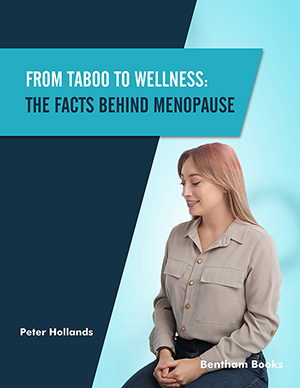
Abstract
Background: With increasing uterine cancer in developing nations, there is a need for timely determination of the diagnosis, prognosis, and management options to reduce morbidity and mortality.
Objective: To analyze the socio-demographic, etio-pathological features and management of uterine cancer and evaluate its correlation with grading/staging in our population.
Methods: This retrospective descriptive study analyzed data from 97 histologically proven uterine cancer cases. Age, parity, symptoms, co-morbidities, body mass index (BMI), ultrasound features, histopathology type, stage and grade of the tumor, type of hysterectomy done, complications and mortality were analysed. Statistical analysis was done using ANOVA and chi-square test, and a p-value<0.05 indicated statistical significance.
Results: The mean age of diagnosis was 57.91 years, and the mean BMI was 29.32 Kg/m2. Majority of the patients were multiparous (42.27%), and only 10% were nulliparous. The disease was detected at an earlier age in nulliparous and obese women. Diabetes and hypertension were found in 75.25%. Most of the patients were detected with stage I cancer (80.6%). Patients diagnosed with uterine cancer on biopsy were treated with total abdominal hysterectomy with bilateral salpingo-oophorectomy andbilateral pelvic lymph node dissection (55.8%). Over 36% of patients received postop radiotherapy and/or chemotherapy. 21% patients were lost to follow-up and 12.37% died. Also, 24 cases had postoperative complications (wound infection).
Conclusion: Uterine cancer is common among obese women with diabetes and hypertension. In nulliparous and the obese, the cancer was detected at an earlier age. Most of our patients had stage 1 disease, and 90% was endometroid cancer. The study highlights the importance of endometrial sampling before hysterectomy in perimenopausal women to avoid suboptimal surgery in patients diagnosed with uterine cancer after a simple hysterectomy.
Keywords: Uterine cancer, demographic factors, grading, staging, obese, parity.
[http://dx.doi.org/10.3389/fonc.2019.01440] [PMID: 31921687]
[http://dx.doi.org/10.1080/00016340802160079] [PMID: 18607816]
[http://dx.doi.org/10.1002/9781119979449.ch58]
[http://dx.doi.org/10.1016/S1470-2045(13)70591-6] [PMID: 24872110]
[http://dx.doi.org/10.3322/caac.21166] [PMID: 23335087]
[PMID: 26977831]
[http://dx.doi.org/10.5858/arpa.2012-0654-RA] [PMID: 24576029]
[http://dx.doi.org/10.3892/br.2020.1357] [PMID: 32963779]
[http://dx.doi.org/10.7150/jca.15037] [PMID: 27326261]
[http://dx.doi.org/10.1016/j.ajog.2011.05.042] [PMID: 21802066]
[http://dx.doi.org/10.1016/S0140-6736(08)60269-X] [PMID: 18280327]
[http://dx.doi.org/10.7150/jca.12736] [PMID: 26516355]
[http://dx.doi.org/10.3390/ijms24010811] [PMID: 36614253]
[http://dx.doi.org/10.3390/ijms23052653] [PMID: 35269800]
 5
5 1
1











